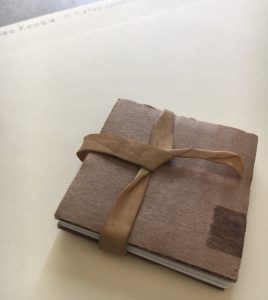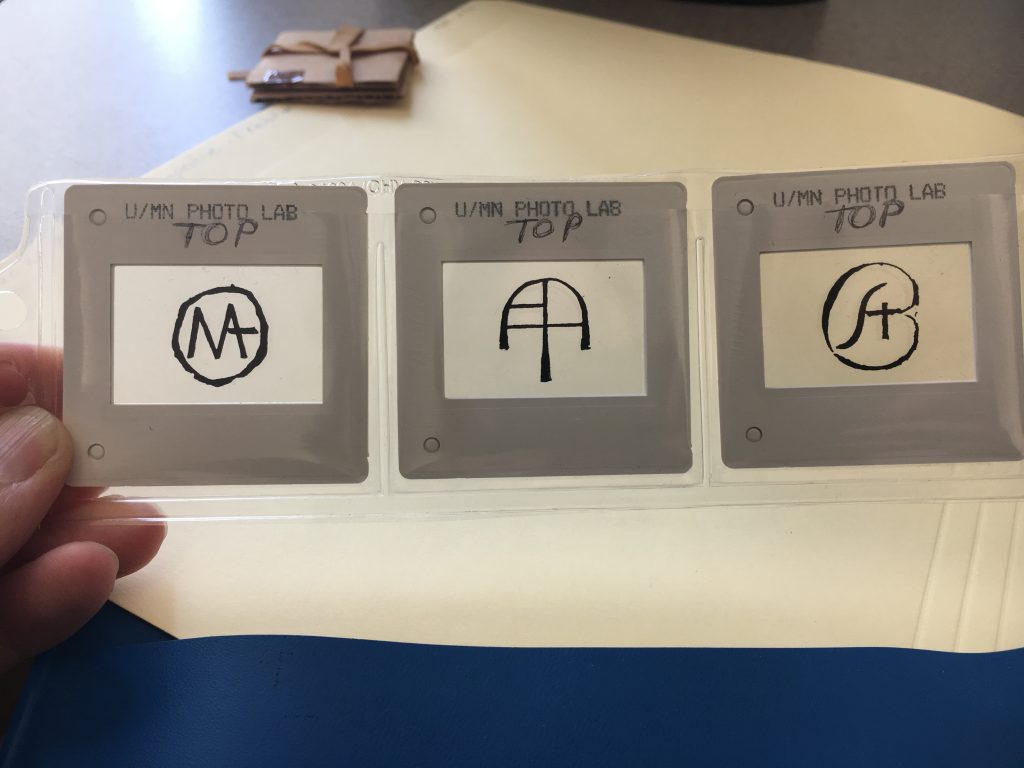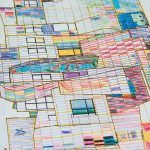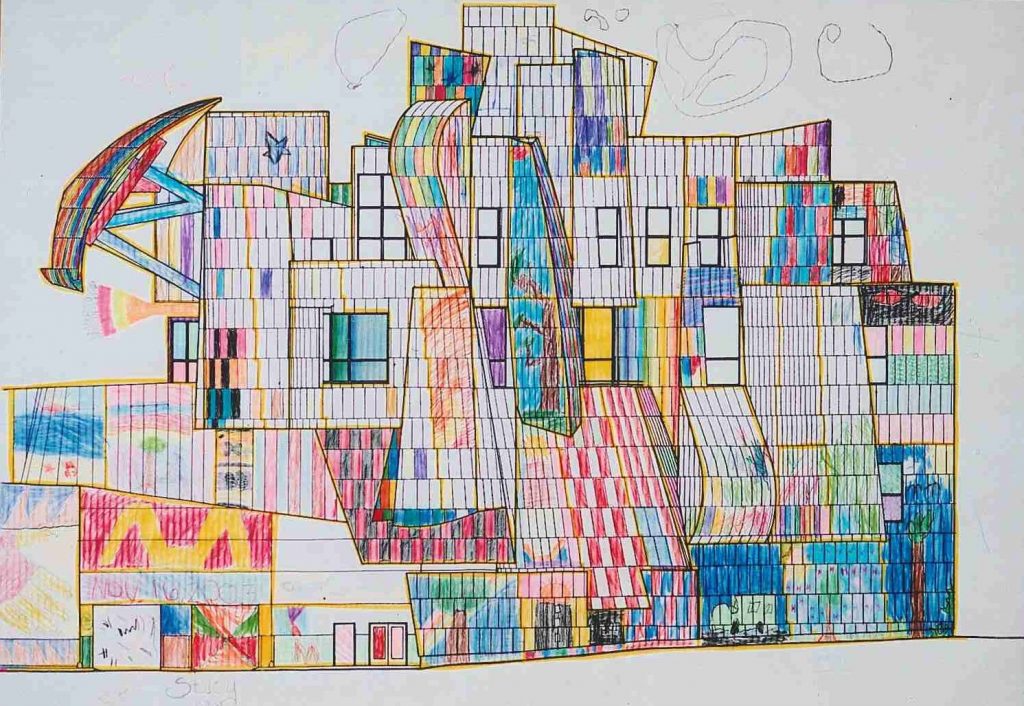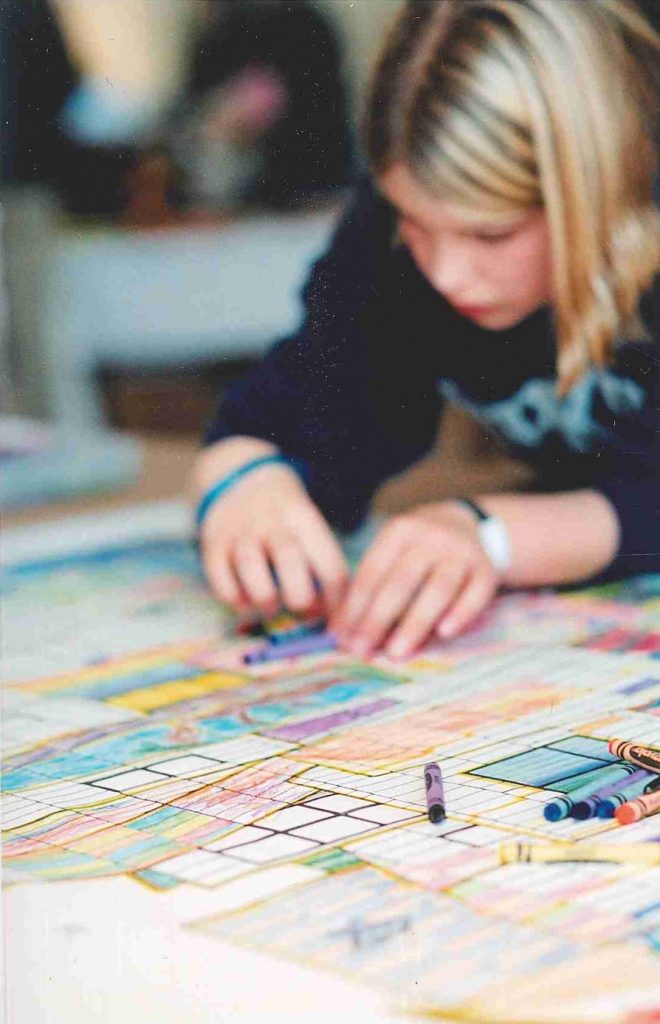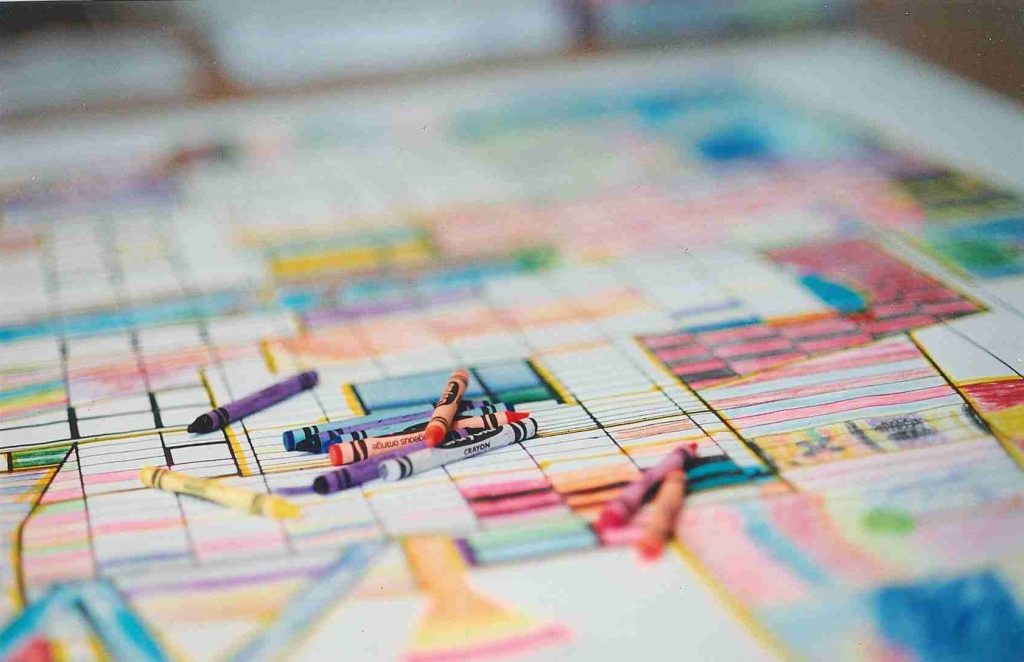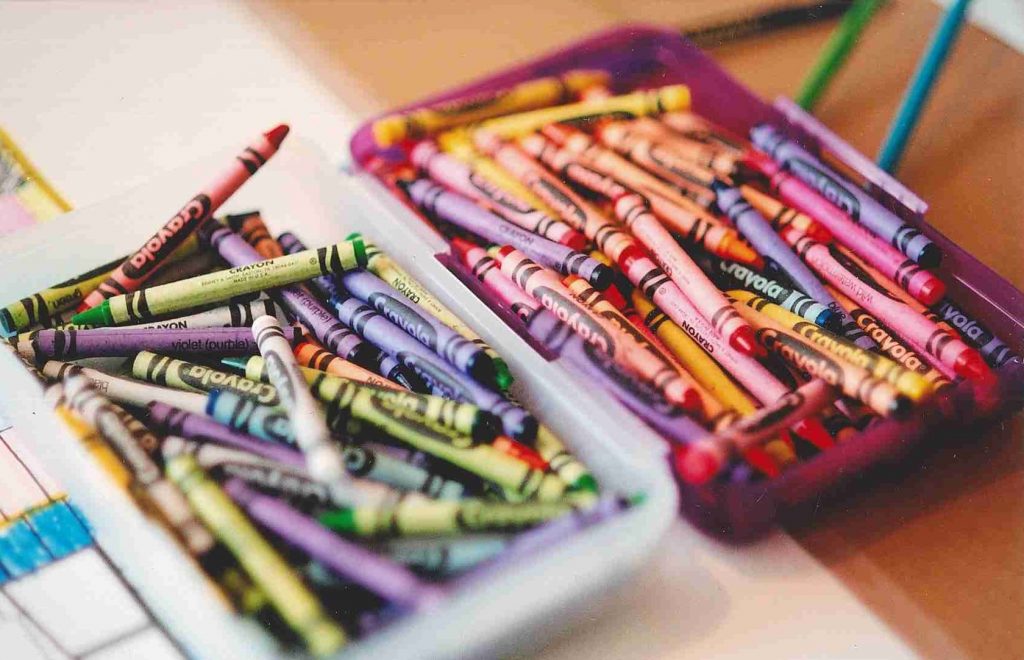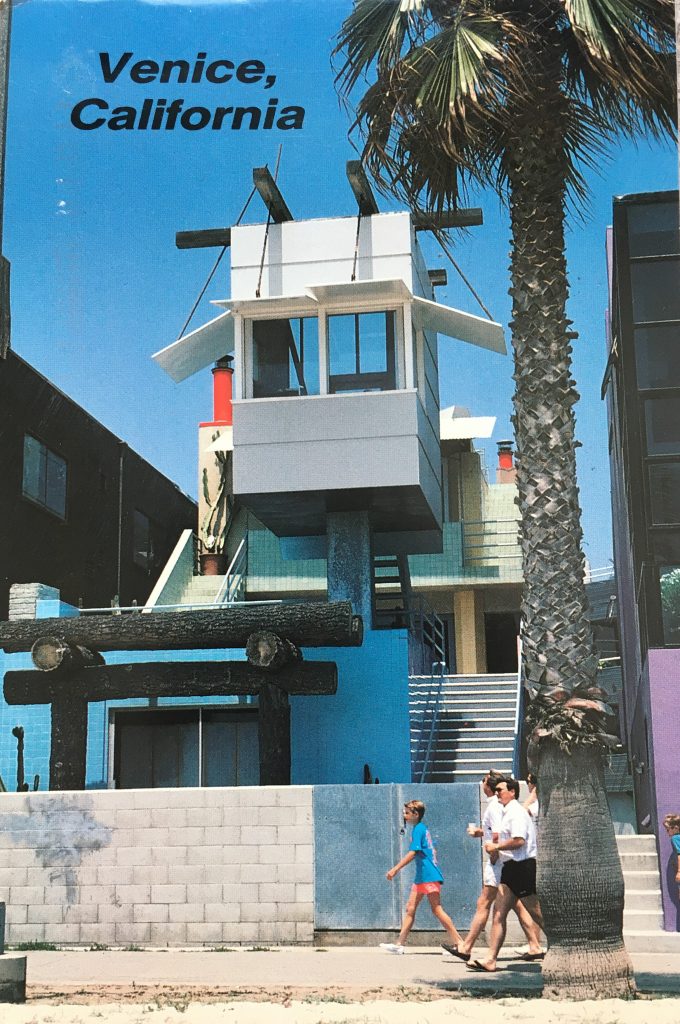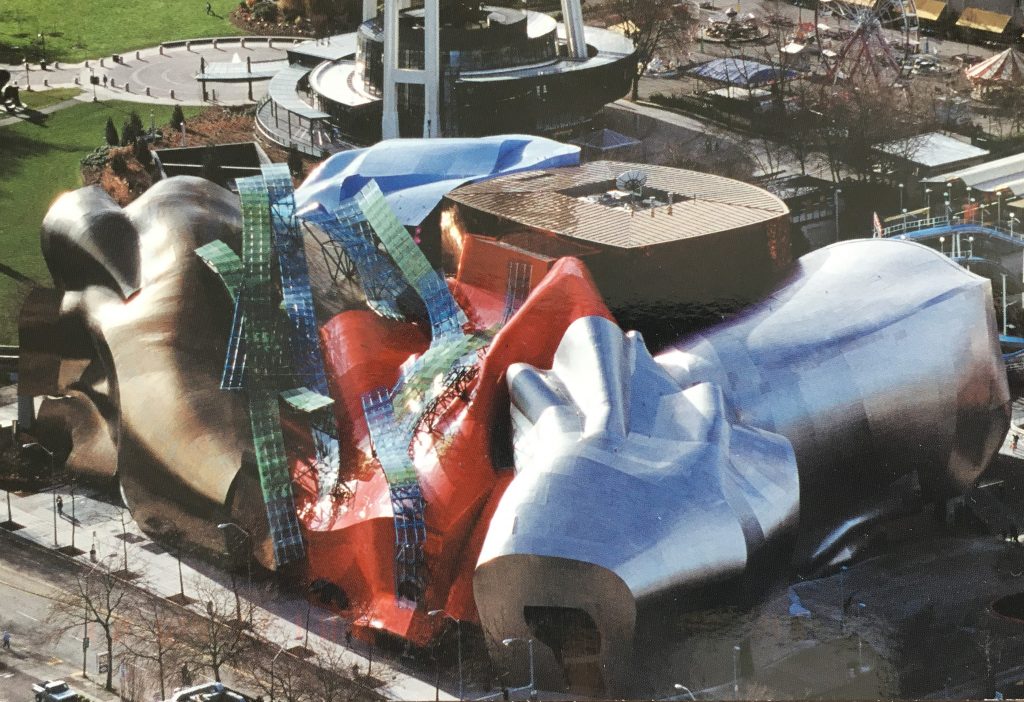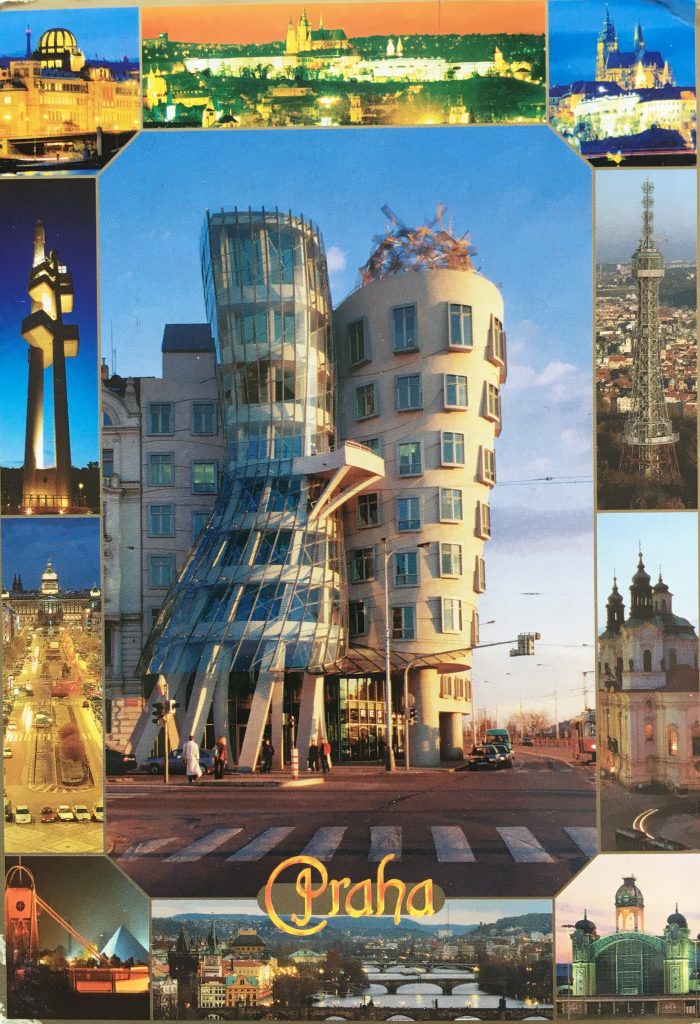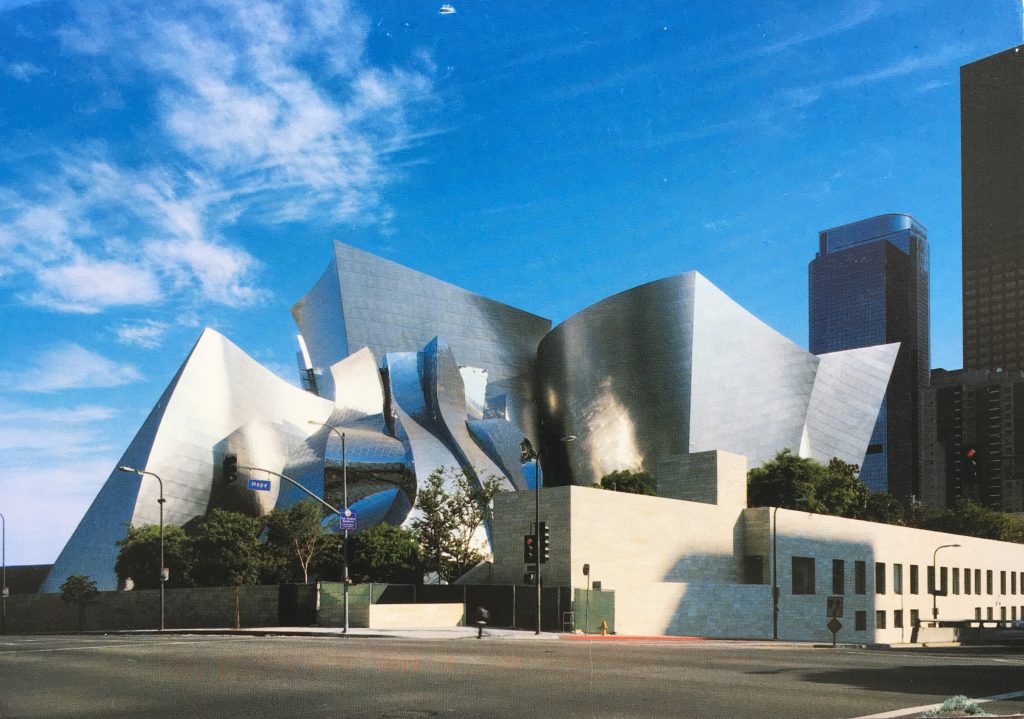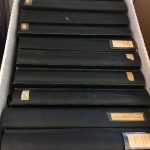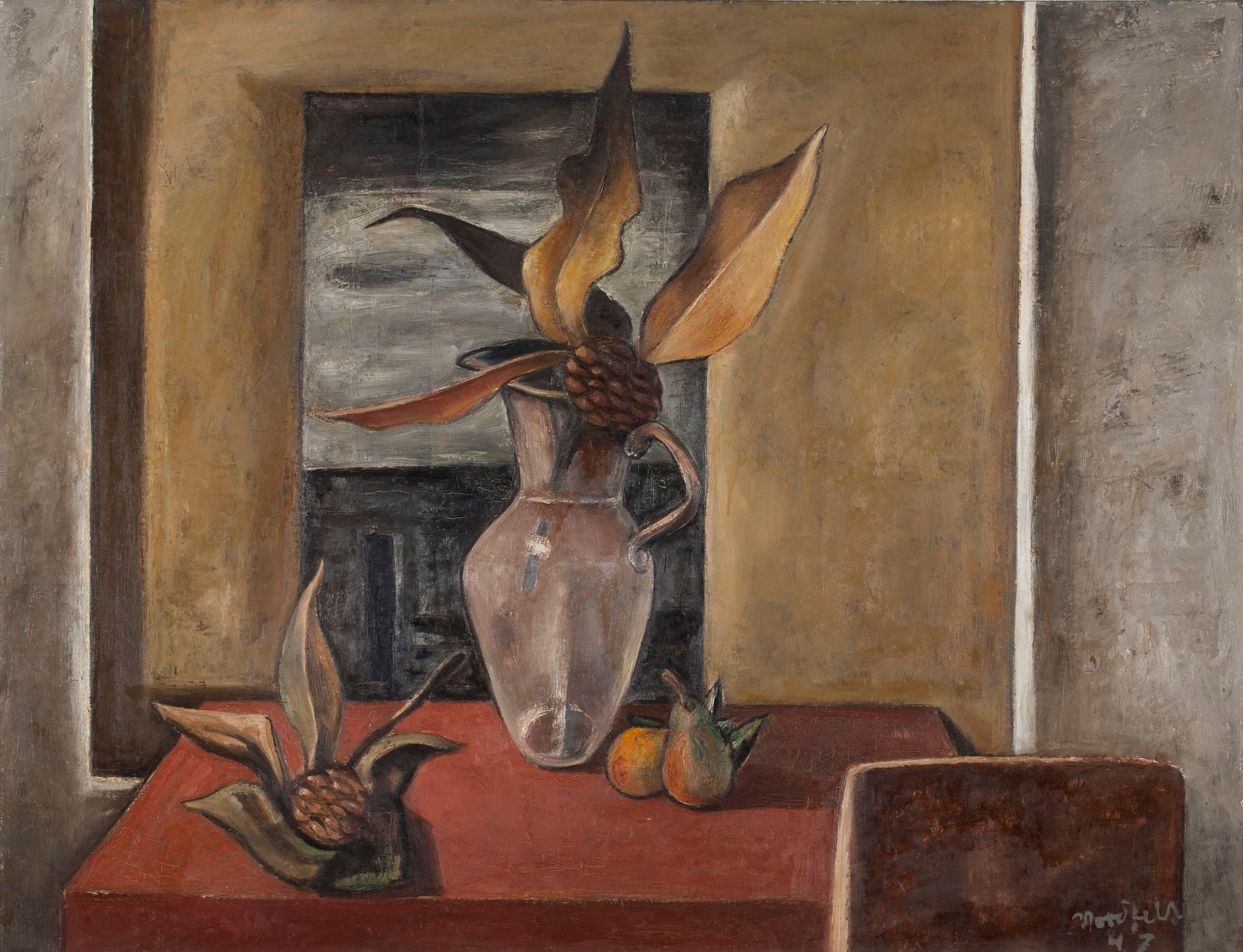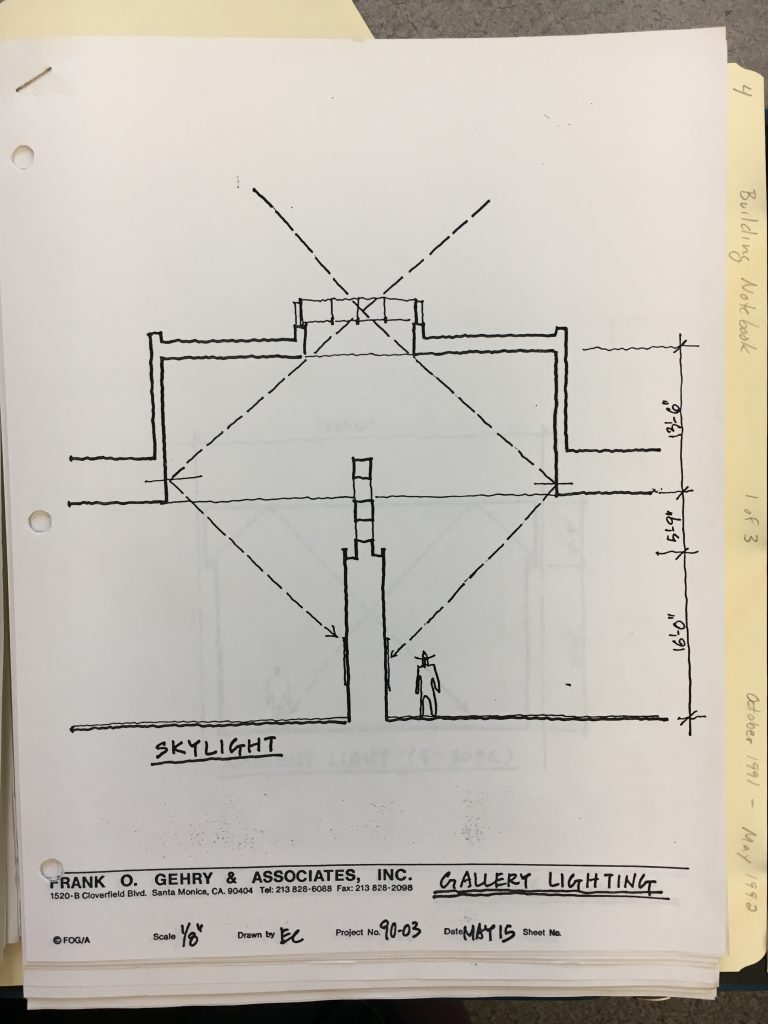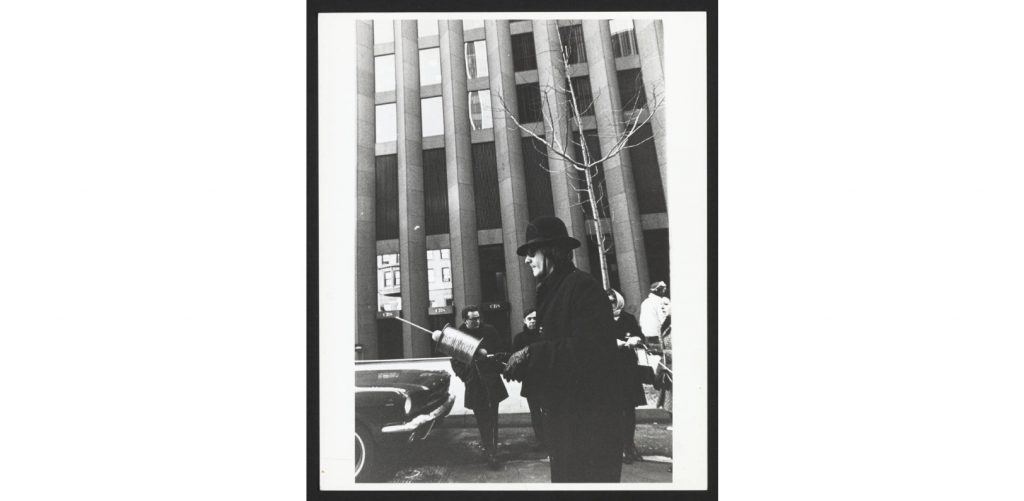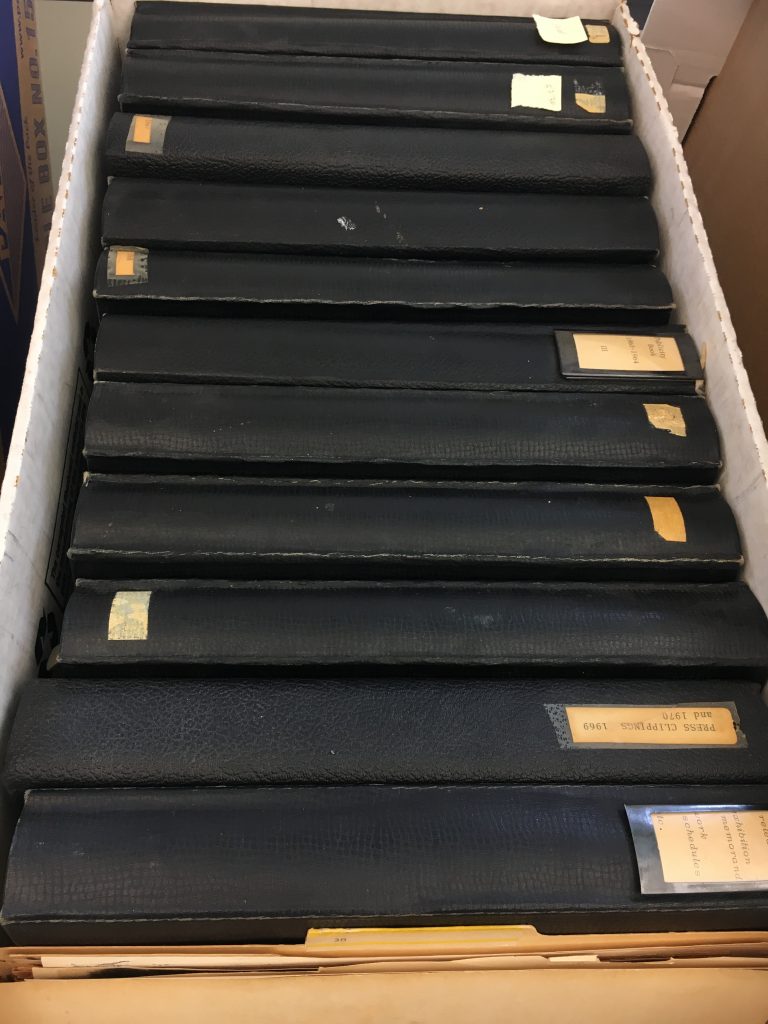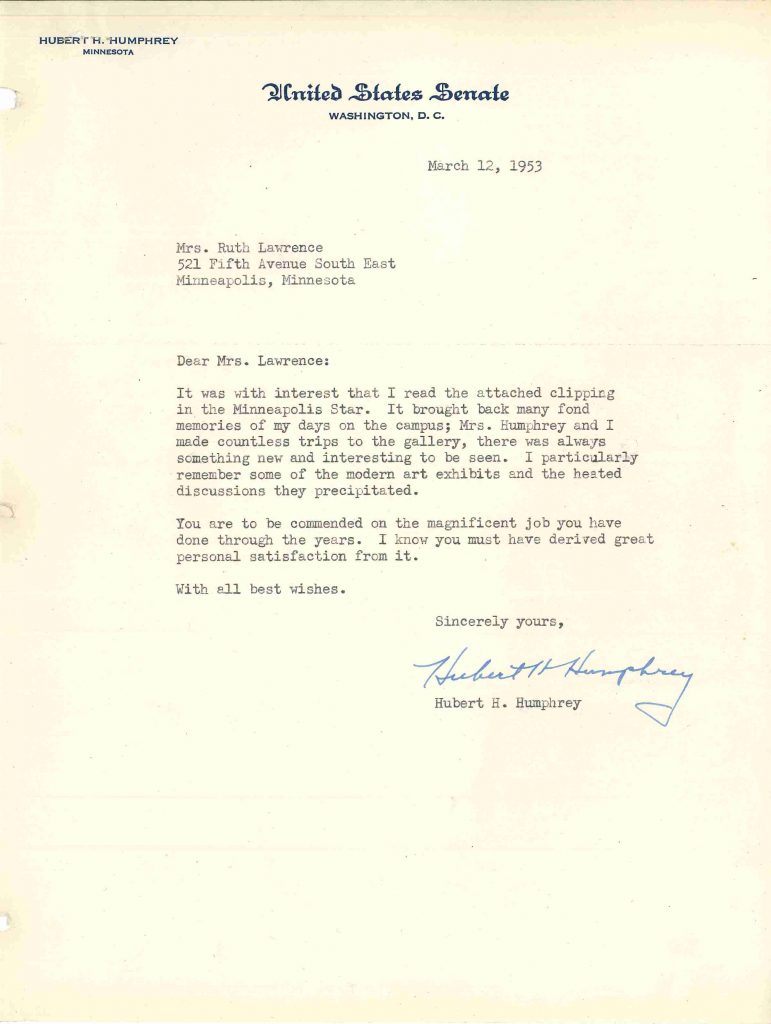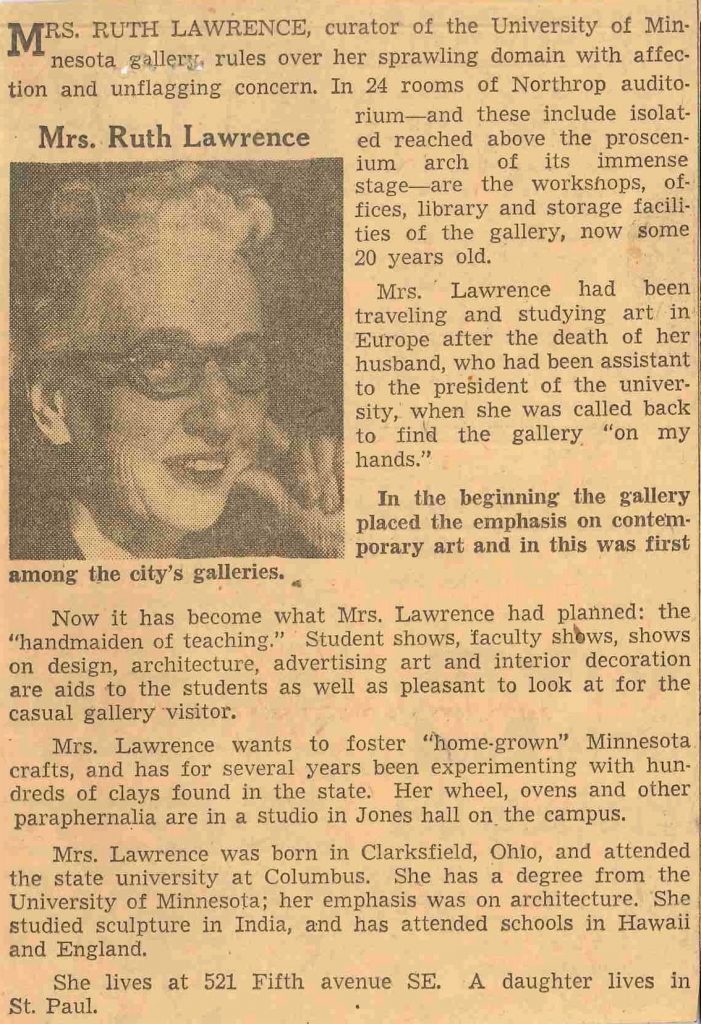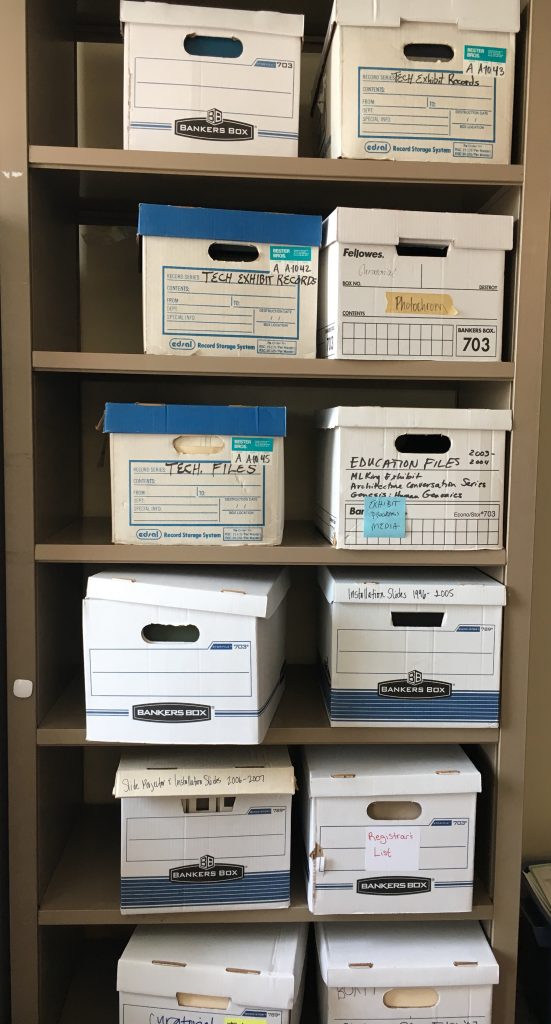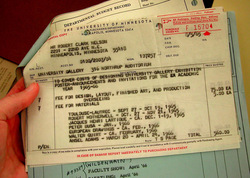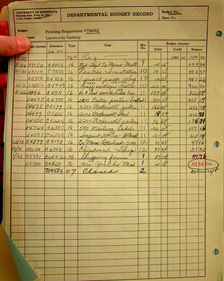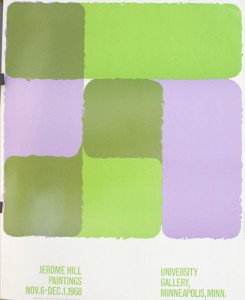I participated in the Twin Cities Kidney Walk last weekend. On a drizzly Saturday morning, hundreds of people – to include those afflicted with kidney disease as well as their friends and family members – walked to raise money to support disease prevention and the need for transplants. (Over $250,000 was raised for the cause.) As I walked to support a family member who has undergone multiple transplants over the course of his life, I thought about how we think about “health.” Some of us only think about it if and when we are personally affected, or are reminded about healthcare as politicians argue over which policy/stance is best for us through election advertisements and televised debates…
While thinking about health during and after the walk, I remembered a series of exhibition folders that I processed in the WAM archival collection last year. The folders contained records that documented a 2000 exhibit held at WAM titled, Hospice: A Photographic Inquiry. The exhibit considered art as a way to introduce conversations about health, with a particular focus on hospice care.
Consider the description of the exhibit, printed on the invitation to the opening reception:
Hospice care, offering physical, emotional, and spiritual assistance to terminally ill people and their families, is the subject of this unique exhibition featuring the work of contemporary photographers and filmmakers. By immersing artists in the world of patients, families, and health care providers, each project documents individual perspectives on the collaborative experience of living and working in hospice environments throughout the country. HOSPICE: A PHOTOGRAPHIC INQUIRY conveys the power with which art is able to reveal a fact of life that may not be part of everyone’s experience.
The exhibit was organized by the Corcoran Gallery of Art in collaboration with the National Hospice Foundation, and was exhibited at WAM from May 20 – August 13, 2000. It featured photographs from five American photographers: Jim Goldberg, Nan Goldin, Sally Mann, Jack Radcliffe, and Kathy Vargas, as well as a documentary film produced and directed by Susan Froemke, Deborah Dickson, and Albert Sayles.
A photograph featured in the exhibit was used for the cover art for the exhibit brochure and opening invitation:
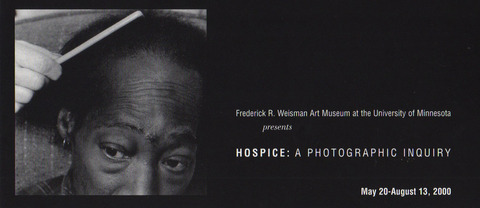
Jack Radcliffe, Gill, February 25, 1955, gelatin silver print.
WAM educators and curators worked with a group of local community advisors to develop a series of programs to further the conversation on health and hospice care during the run of the exhibit. Stories of Passage, the title of the program series, explored medical views on end-of-life care as well as the visions of artists who addressed themes of “healing, death, grief, and commemoration” in their work. A description of some of the programs are found in a promotional brochure:
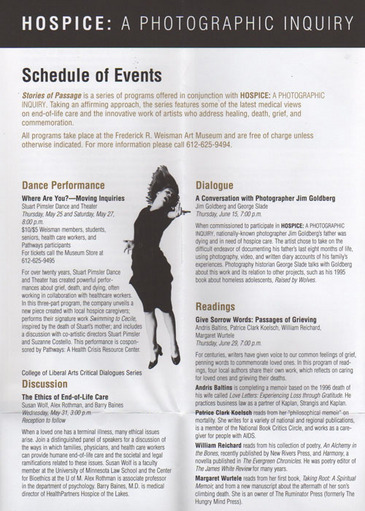
Healthcare is a topical and personal issue to many artists as well as to the museum visitors who view and interact with exhibits that address health related themes. Just last month, the Spencer Museum of Art at Kansas University opened a traveling exhibit titled, DropIN/PopUp Waiting Room Project, which addresses the question, “What kind of healthcare system, access, facilities, and services do we desire or expect for ourselves? For others?” Visitors are introduced to possible answers to this question through a waiting room – the common entry/access point to medical care. Read more about the exhibit here.
Whether you walk, witness a work of art, or wait… participating in events and attending exhibits that support and address the topic of “health” could help us all towards a better understanding of our own approaches to healthcare.

